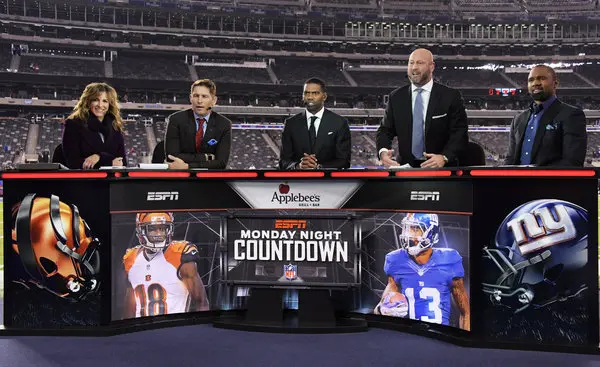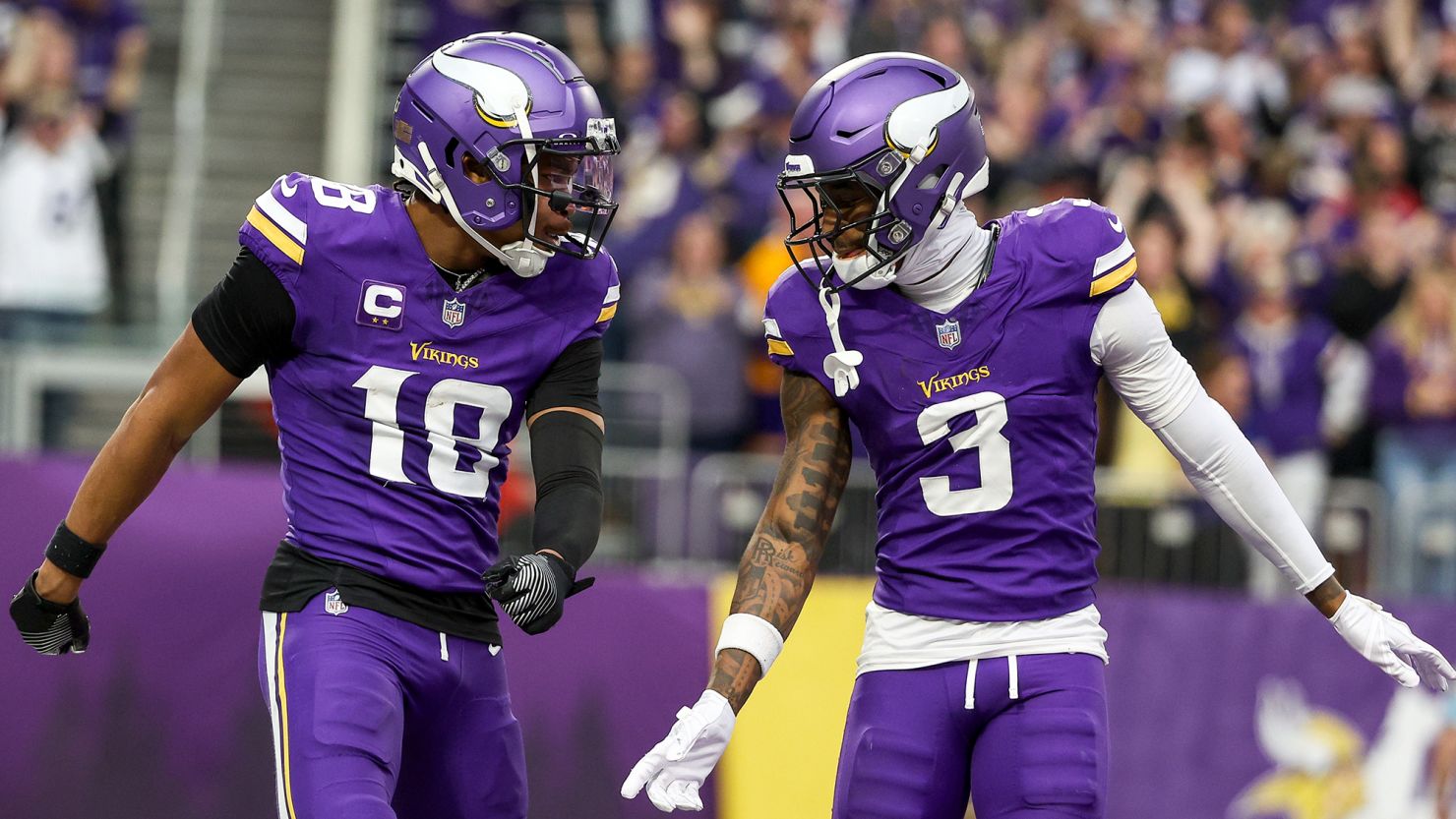Through the first half of 2025, ESPN is showing strong signs of viewership growth — a notable signal amid an increasingly fragmented media landscape. The flagship sports network has registered a 4% increase in total-day audience and a 9% jump in primetime, reflecting its sustained appeal despite cord-cutting pressures and evolving viewing habits.
When factoring in ABC’s live sports coverage, the combined ESPN-ABC sports portfolio is posting its strongest performance at the mid-year mark since 2016.
Key numbers from ESPN’s performance this year include:
- 712,000 viewers on average across total-day programming — ESPN’s second-highest mid-year figure since 2017.
- 1.9 million average primetime viewers across 183 nights — its best primetime showing at this stage since 2014.
- 254 billion minutes of sports watched across ESPN and ABC — the most for any first half since 2016.
- Over 300 billion minutes consumed across all ESPN platforms rated by Nielsen — pointing to the enduring dominance of live sport in the age of on-demand media.
What this illustrates isn’t just ESPN’s own momentum, but the resilience of live sports as premium appointment viewing. Even as streaming eats into traditional TV’s share, sports remains one of the few content categories that continue to deliver at scale — especially when distributed across multi-platform ecosystems.
For leagues, brands, and broadcasters alike, these numbers reinforce a vital truth: sports still command attention, still anchor media portfolios, and still provide one of the few “guaranteed audience” plays in entertainment.
In an era defined by consumer choice and digital distraction, ESPN’s strong mid-year performance isn’t just a win — it’s a strategic reminder of where real-time value still lives.
IMAGE: Getty Images


